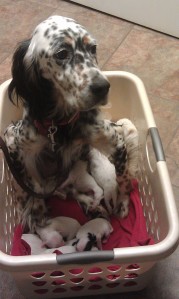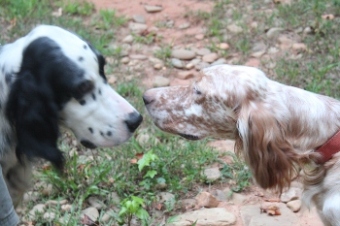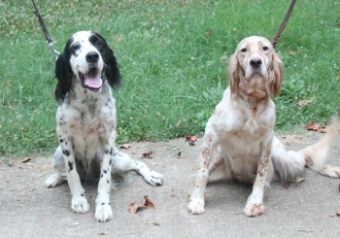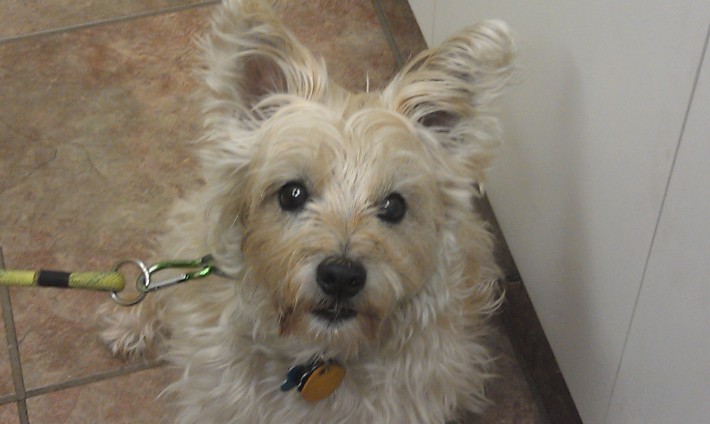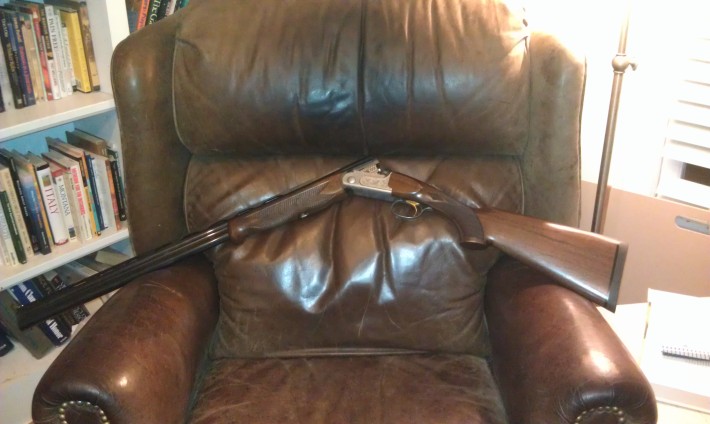A rose by any other name smells as sweet, but a hunting dog named Fluffy is just wrong! Mr George Bird Evans and I agree once again. In the long and hallowed traditions of hunting over well bred setters, there is little room for “cute”, childish names as it, in my opinion, is disrespectful of the sport and the breed. In our family, we have had some animals with less than stellar monikers: Famous Cow, the goldfish; Twinkle Star, the Great Pyrenees; Britty Kitty; and so on. However, we have been more careful in the naming of some of our more outstanding pets. Pete, the Pembroke Corgi, was named for “Pistol” Pete Maravich because he was a spunky contender from the start, and tough and smart to the end. Flint, our foundation sire, named for the stone that ignited the powder charges of early English fowling pieces and the rifles of our Colonial citizen soldiers in our War for Independence, and indicative of his staunchness on point. Leah, our orange Belton bitch, for the famous and fertile Old Testament wife of Jacob. Names are highly personal, and ultimately left up to the new puppy owner to decide, but in deference to the noble breed and the tradition of the hunt, I lean toward the more thoughtful, intelligent names. Whatever you decide, use the pup’s new name as early and as often as possible. Here at Daybreak English Setters, we encourage our new owners to let us know their pup’s name as soon as possible, so that we can expose the little whelp to it early.
I will admit, I do have a soft spot for well thought out, “tongue-in-cheek” names. We have an English Budgie (parakeet) named Bud G. Rigar, call name Bud. My wife, the artist, has an adorable clown of an Old English Sheepdog named Claude Monet. My 7 and 8 year old boys have a gecko named Sneako, which I am sure means something special to them but they have not been able to articulate the depth of that meaning to me as of yet.
To wrap it up, please show some thought and intelligence in selecting your pup’s name, as he or she will be stuck with it forever. It also helps to keep it simple, a short one or two syllable name readily distinguishable on the wind and confused excitement of the field.
Stay tuned for the third installation of 10 Easy Lessons. Thank you, JB

